Description
ENGINEERING MECHANICS: STATICS, 4E, written by authors Andrew Pytel and Jaan Kiusalaas, provides you with a solid understanding of statics without the overload of extraneous detail. The authors use their extensive teaching experience and first-hand knowledge to deliver a presentation that’s ideally suited to your learning skills. This edition clearly introduces critical concepts using learning features that connect real problems and examples with the fundamentals of engineering mechanics.
You learn how to effectively analyze problems before substituting numbers into formulas — a skill that will benefit you tremendously as you encounter real life problems that do not always fit into standard formulas. This book’s concise presentation is complemented by a useful Student Study Guide that clarifies concepts and includes guided solutions to a number of additional equilibrium problems.
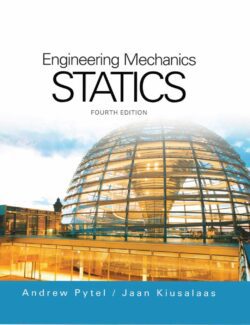
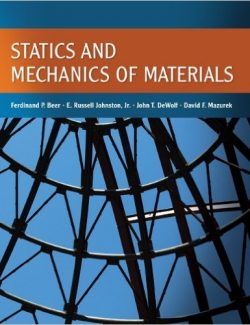

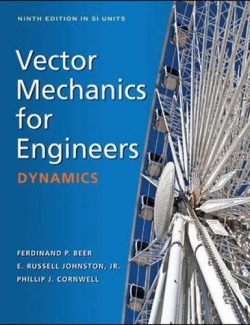
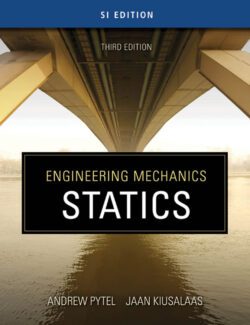
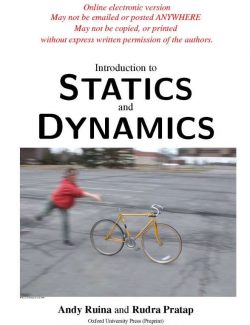
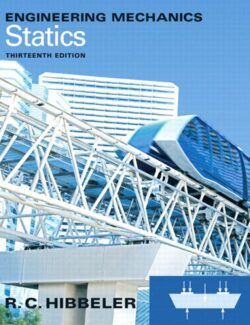

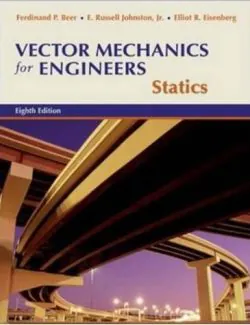
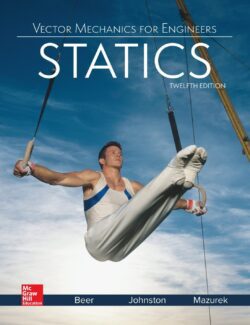

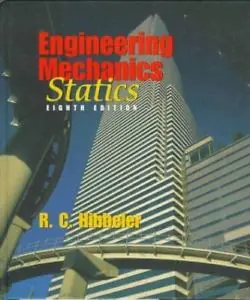
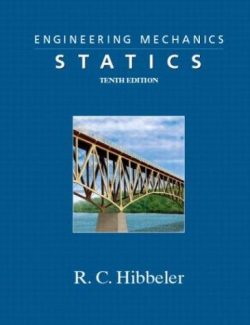
Leave us a comment
No Comments